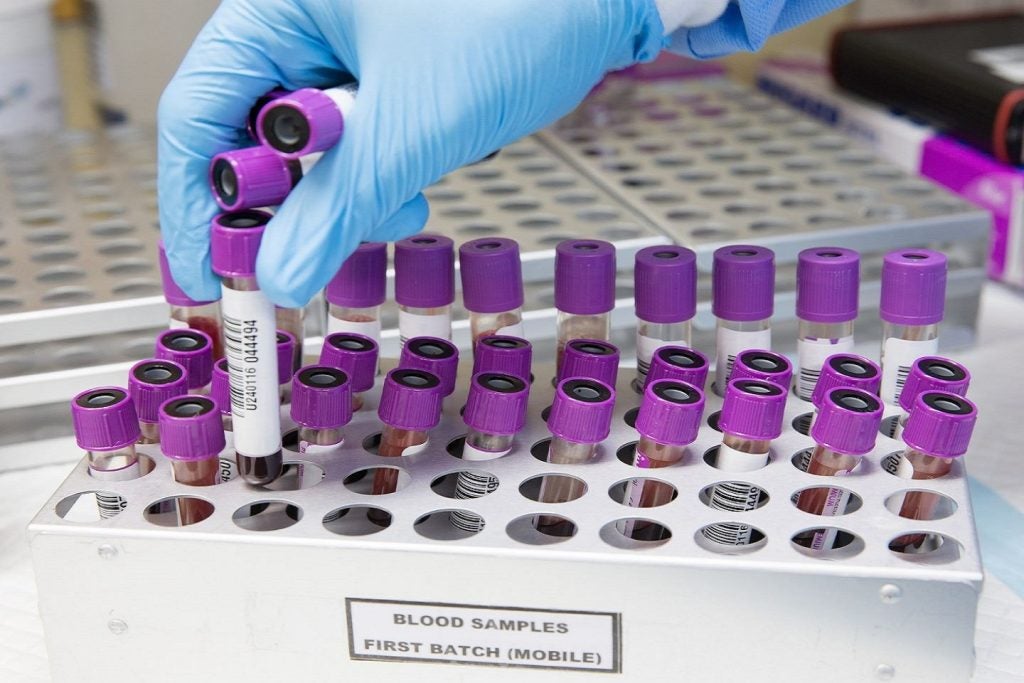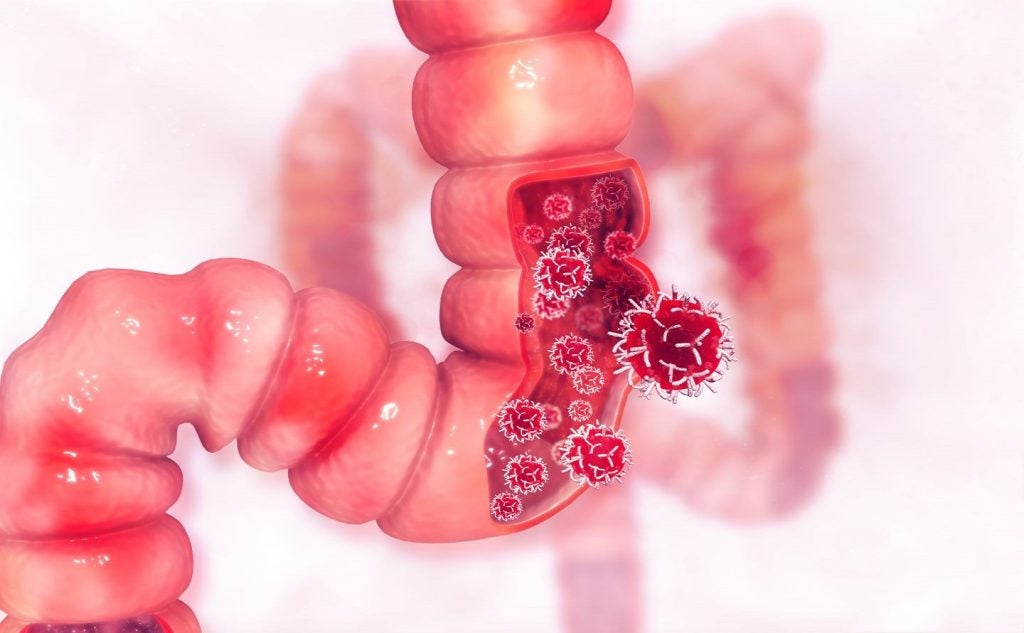The Food and Drug Administration (FDA) has cleared Vy Spine’s ClariVy OsteoVy PEKK Cervical IBF device for marketing in the US.
The device is indicated for intervertebral body fusion of the cervical spine, from C3 to T1, as the treatment of degenerative disc disease.
The PEKK implant has demonstrated bone ingrowth, no radiographic interference, no fibrotic tissue membrane formation, a significant increase in bony apposition over time, and significantly higher push-out strength compared to standard PEEK implant, as per Vy Spine.
The spinal fusion orthopaedic device market is forecasted to grow from being worth approximately $7.7bn to $8.9bn in 2030, as per a GlobalData market model. The interbody spinal fusion device segment will grow from being worth approximately $2.9bn to $4.2bn in 2030.
The Vy Spine’s device was made using 3D-printed Oxford Performance Materials’ OsteoFab technology in an OsteoVy lattice structure.
Multiple companies have used 3D printing technology to formulate spinal implants. Last month, the FDA cleared Xenix Medical’s interbody fusion implants, neoWave, which were developed using nanotechnology.
The use of 3D printing for manufacturing has been increasing in prevalence in recent years. The medical 3D printing market is expected to generate $4bn in 2026, as per GlobalData analysis.
















